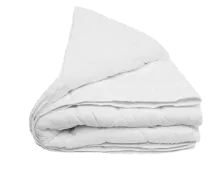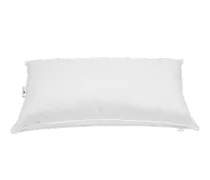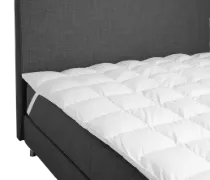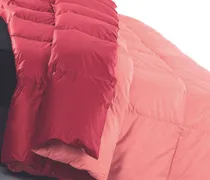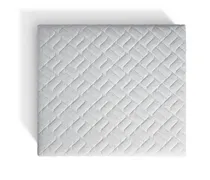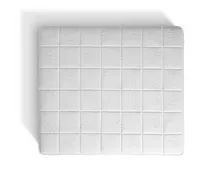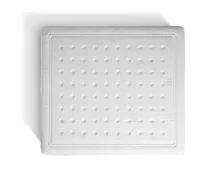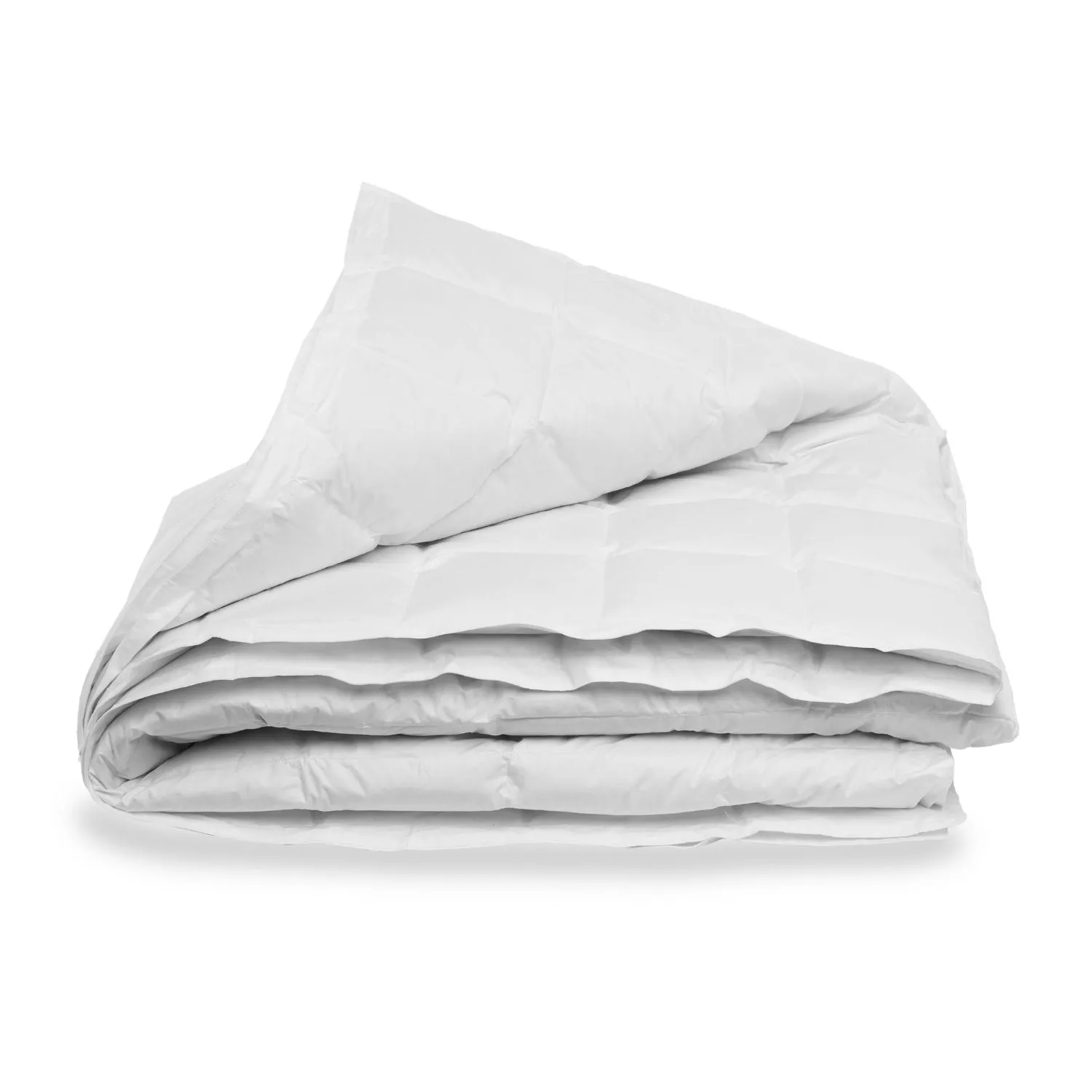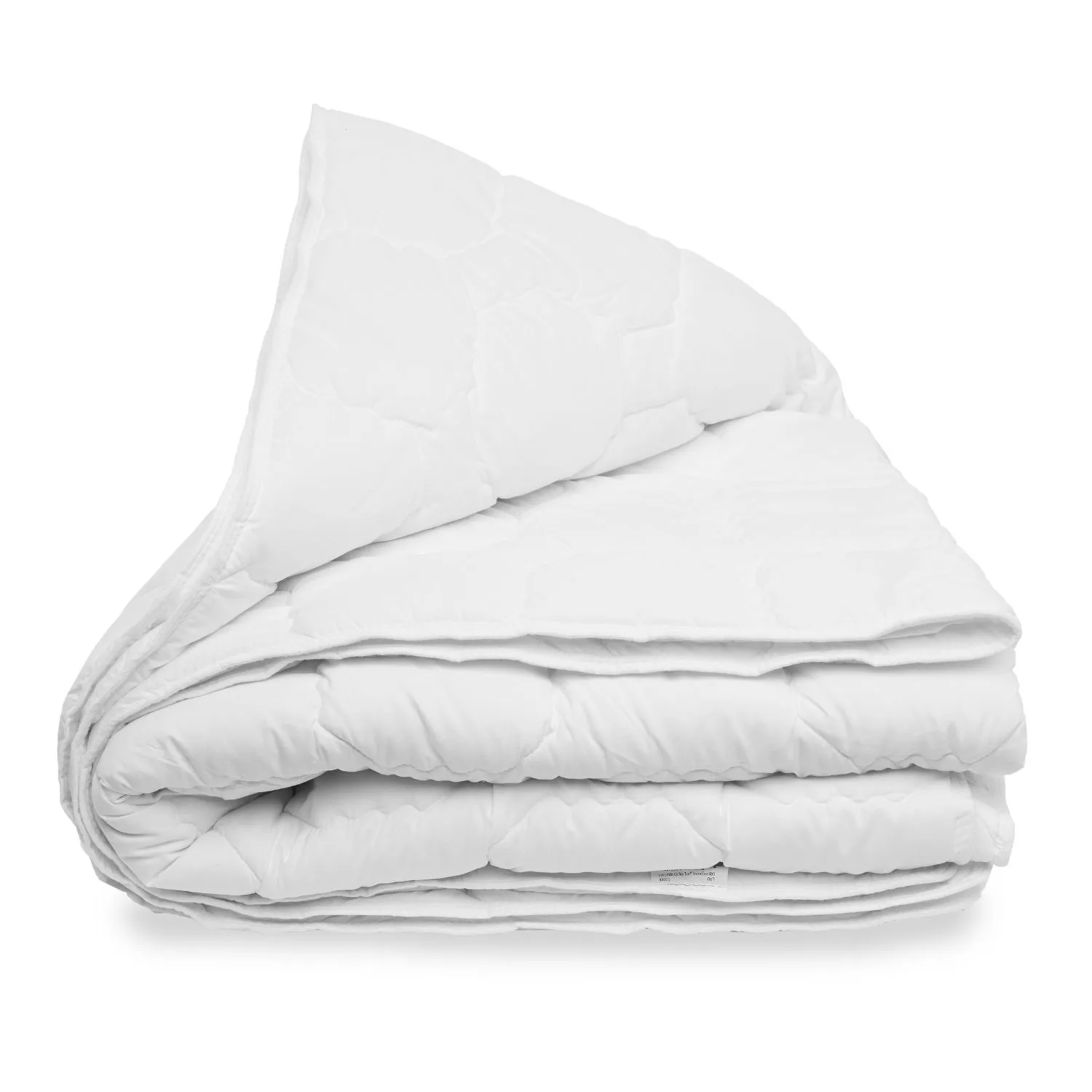Duvets for children and newborns: a buying guide
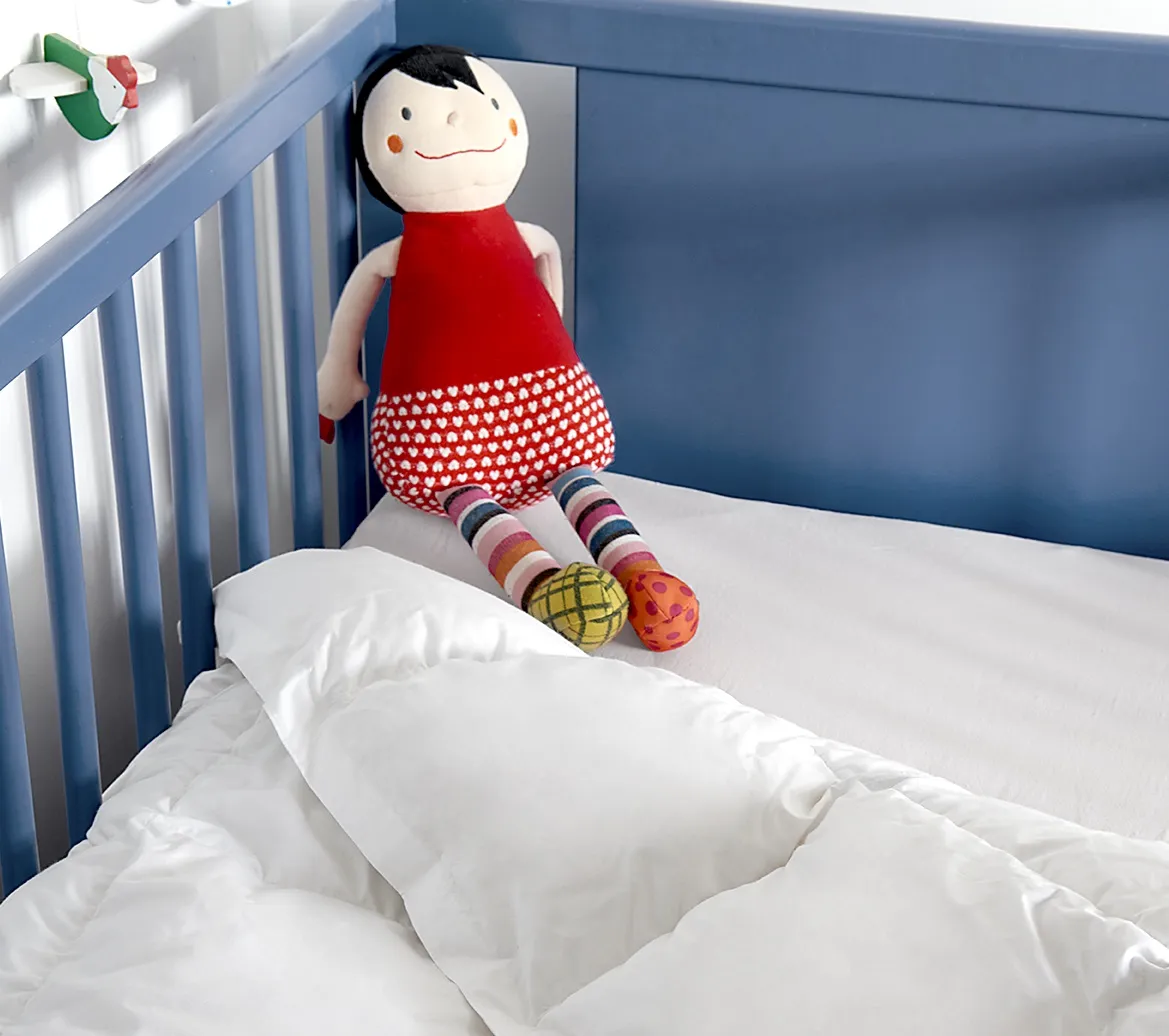
Introduction
Bedtime is essential for the well-being of little ones. In addition to a calm and safe environment, choosing the right duvet is crucial: an unsuitable product can cause overheating or discomfort. In this guide you’ll find how to navigate the choice of a newborn duvet for a boy or a newborn duvet for a girl, with a focus on comfort, safety and practicality. We’ll also cover what to consider when buying a crib duvet or a cot bed duvet that meets newborns’ needs.
1. How to choose the duvet for newborns (girl/boy)
1.1 Materials and filling
The first aspect to evaluate is the filling.
- Natural down and feathers: excellent insulation and breathability. A newborn duvet with natural filling provides warmth without weight, supporting restful sleep.
- High-quality synthetic alternatives: ideal for anti-allergy needs, washable and quick-drying.
- Certified, hypoallergenic fabrics: a cotton cover helps reduce the risk of skin irritation.
1.2 Dimensions and standard sizes

A duvet should fit the crib or the cot bed perfectly.
- For cribs, common size: 80×120 cm.
- For cot beds with slats: 100×135 cm.
A crib duvet that’s too large can be cumbersome, while one that’s too small won’t cover properly. Also check for uniform quilting to avoid clumps of filling.
1.3 Warmth level and seasonality

The choice depends on the season and the room temperature: there is no universal duvet.
- Light duvets (Mid Season): ideal for spring/summer.
- Winter duvets (Classic Winter): warmer for cooler environments.
The goal is to keep the baby warm without risking overheating.
1.4 Design and duvet cover

Aesthetics and practicality matter too:
- Light, soft colours promote calm and relaxation in the nursery.
- A washable duvet cover protects the duvet and makes hygiene easier.
- For a newborn girl, softer patterns may be preferred; for a newborn boy, neutral or simple motifs work well.
2. Safety and practical tips

- Avoid overheating: check hands and nape to assess if the baby is too warm.
- Correct positioning: the duvet should only reach the shoulders, keeping the face uncovered.
- Certifications: prefer products with documented materials and freedom from harmful substances.
3. Care and hygiene

- Washing: choose washable duvets; use low temperatures for natural fillings, and higher temperatures for synthetic ones for better hygiene.
- Duvet cover: essential for protection and hygiene; it is washed more frequently than the duvet.
- Frequency: the duvet should not be washed continuously; the cover, however, should be changed regularly.
4. Quick guide in 5 steps

- Measure the crib or the cot bed.
- Choose the material: natural or hypoallergenic synthetic.
- Assess the warmth level based on the season.
- Check certifications and fabric safety.
- Complete with a practical, washable duvet cover.
Conclusion
Choosing a newborn duvet—for a boy or a girl—requires attention to materials, size, safety and practicality. A quality crib duvet will accompany a baby’s first sleeps in full comfort, bringing peace of mind to the whole family.


